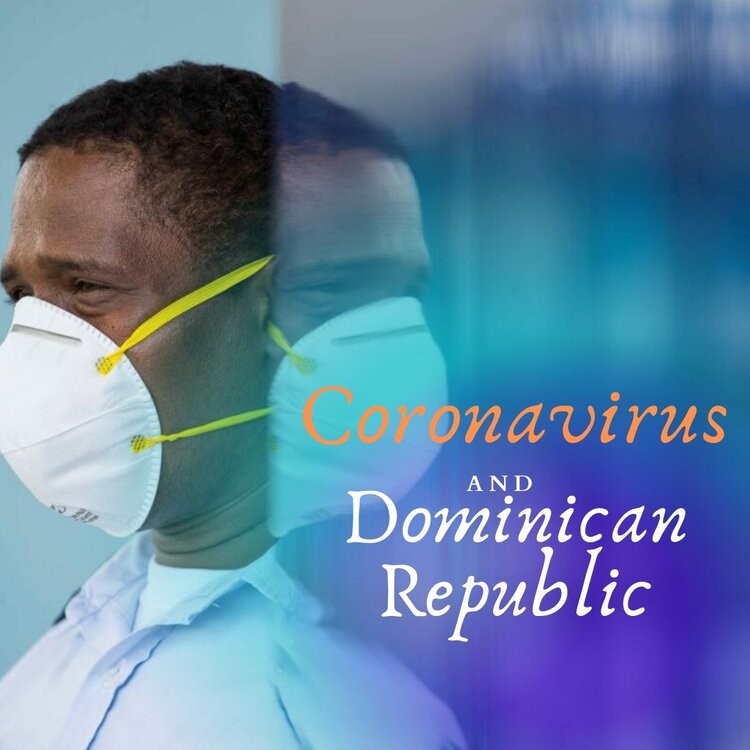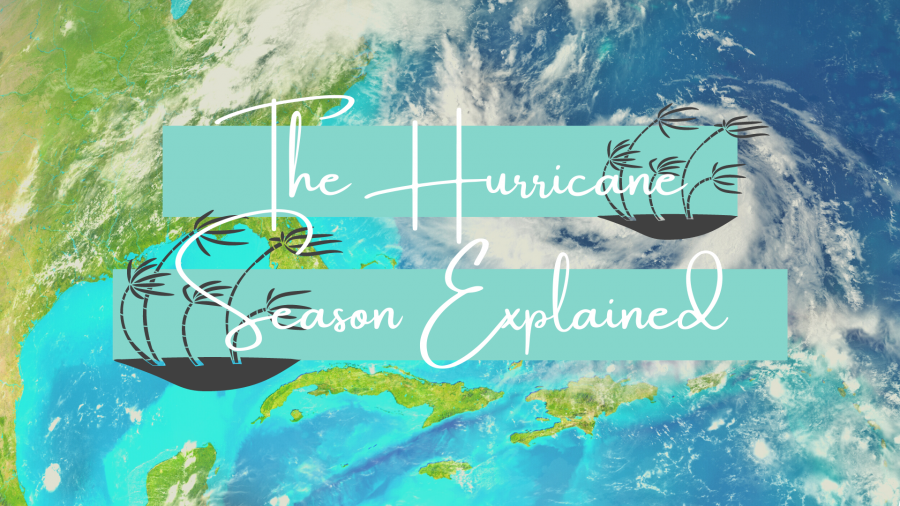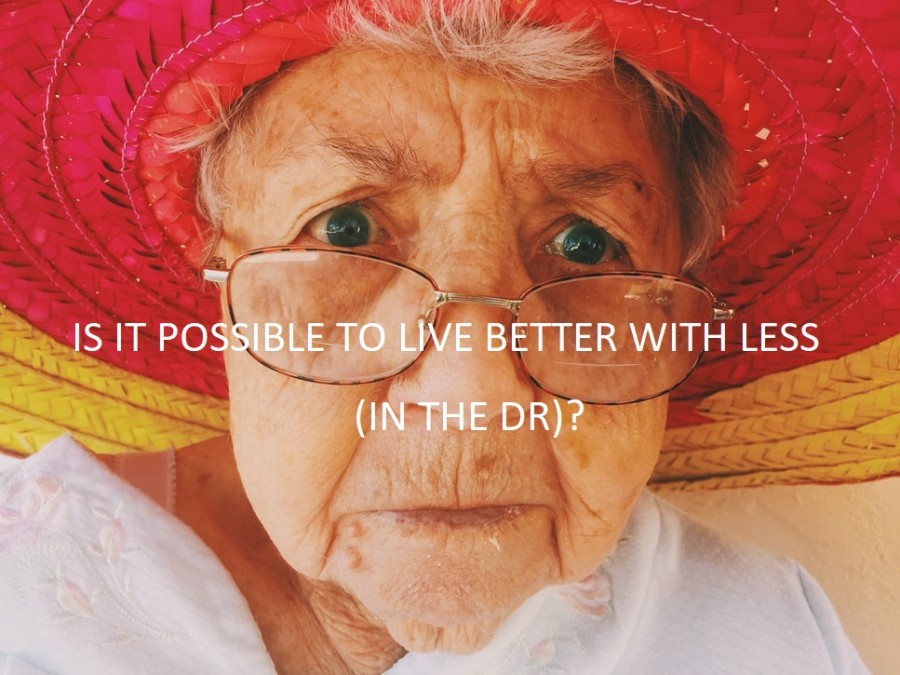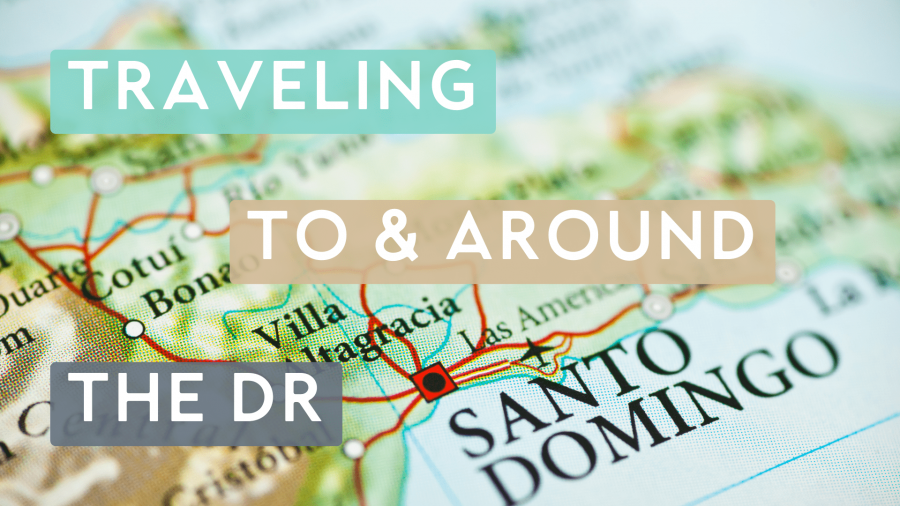
How to travel to the Dominican Republic?
The Dominican Republic is an island in the Caribbean and is part of the Greater Antilles. It is located in the Caribbean Sea and connected to the United States and Europe with many direct flights. Until today, it is the best-connected island in the Caribbean.
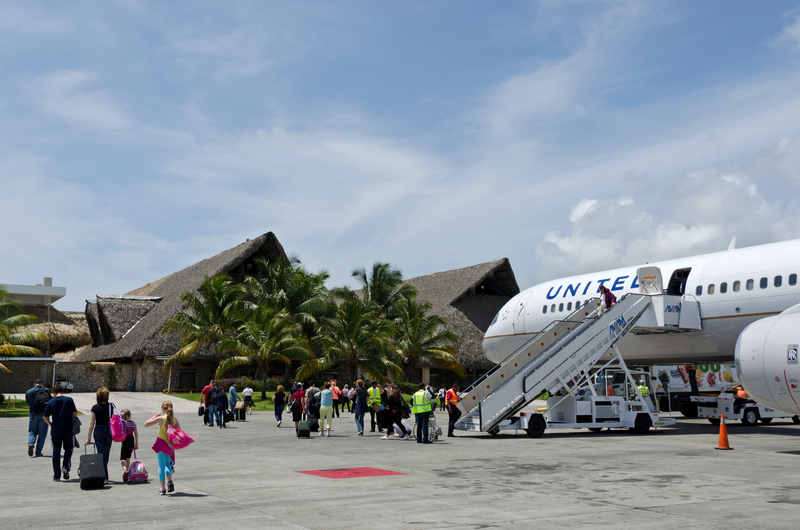
There are eight international airports, the main ones being:
-
Punta Cana (International airport of PUNTA CANA, PJU)
-
Santo Domingo (International airport LAS AMERICAS, SDQ)
-
Santiago (International airport CIBAO, STI)
-
Puerto Plata (International airport GREGORIO LUPERON, POP)
-
La Romana (International airport LA ROMANA, LRM)
And the other minor airports being:
-
Barahona (International airport MARIA MONTEZ, BRX)
-
Samaná (International airport PRESIDENTE JUAN BOSCH, AZS)
-
Ciudad de San Pedro (Airport CUEVA DE LAS MARAVILLAS, SPM)
From America, the leading American airlines offer transportation services from all the cities, including low-cost companies like Spirit, JetBlue, and Frontier, but also American Airlines, Delta, and the new Dominican airline Pawa Dominicana that offers direct flights from Miami to Santo Domingo.
British Airways, Air Berlin, Condor, Swiss Air, Iberia, and Air Europa offer direct flights from Madrid to Santo Domingo, with a stopover in Madrid from any European city. You can also fly directly from Brussels to Punta Cana and Santo Domingo for as little as 300 euros for a return flight with Tui fly.
Each airport is situated in a tourist area of the country, meaning that you will find it relatively close to where you are landing.
Before flying into the country, every tourist must complete a tourist card.
For more than 30 days in the country, you will need a VISA. People who wish to enter and stay in the Dominican Republic for less than 30 days can and must have a tourist card. It is valid for a maximum of 30 days. This card is purchased at the airport upon arrival or on the Government Website for US $10 (at the airport, only cash is accepted).
It is quite a hustle to obtain a visa, so if you want to stay more than 30 days, we recommend that the official fees be paid when leaving the country.
If you are a tourist and are going to enter the Dominican Republic, your passport must be valid until at least the date of departure; for everyone else, tickets must be valid for at least six months.
How to travel within the Dominican Republic?
Moving to the Dominican Republic is easy if you don't plan on renting a car because local buses (called guaguas) are relatively comfortable, cheap, and easy to find. They connect the main cities and smaller Dominican towns.
The two leading transportation companies - Caribe Tours and Metro - offer service from Santo Domingo and Santiago to the Cibao, the Samaná Peninsula, Barahona, and the entire northern coast.
.jpg?1663775101560)
Caribe Tours offers reservations online, but most travelers come to an office and take the next bus headed in the direction they want. Rates are incredibly cheap (as little as RD $ 350 for a trip), and most major long-distance buses are air-conditioned and equipped with toilets. Other transport companies include Spinal Transport Metrora Bus Javaavilla tours.
Tourists who travel in search of adventure can take advantage of the different informal guaguas that cross almost every square inch of the country. Do not expect much comfort on the way, as the rundown minivans are crowded with many people, luggage, and evenly. To catch a guagua, you have to be on the road and shake your hand when you pass some; these guaguas have a collector who is like the door (assuming you have a door). He will find you a space where you can stay until you reach your stop and take your fare after the van gets up and running again. Again, as a foreigner, expect to be overloaded. If you have any doubts about the bus fare, you can ask one of your fellow travelers about the right amount.
Car rental is broad since many companies are dedicated to renting cars in all the airports' avenues. However, it is a little more expensive than riding in guaguas because you have to pay for the rent and the costly fuel. Regardless of whether your credit card offers insurance coverage with the rent, it is often advisable to opt for local insurance, as it will significantly alleviate the inconvenience if you are involved in an accident. If you rent a car, you must be careful before you receive it and look to see if it has any dents or scratches. The main roads are generally good (including a newish toll road between the capital and Samana), but they deteriorate rapidly.
Where to travel in the Dominican Republic?
Cibao
It is a cultural region of the Dominican Republic, its most central city is Santiago de Los Caballeros (here is the monument of the restoration heroes). Cibao is known for its museums and cultural centers, as well as its popular music, Merengue.
The North Coast
The north coast, generally known as Puerto Plata (name of the province, the bride of the Atlantic, where the new port of Amber Cove boats was built), is one of the leading destinations for travelers or tourists. There are many resort-type hotels, all-in hotels on the main beaches and cities of the region; the beaches are beautiful, public and private, with amber sand and clean water. However, it is not the turquoise blue many travelers expect from the Caribbean. You can find different bars, restaurants, and people dedicated to renting beach chairs on public beaches. In addition to Puerto Plata, the main tourist cities of the north coast are Sosua, once a refuge for Jews escaping Nazi Germany and now a sex tourism center, and Cabarete, the capital of the Caribbean, is also Altamira where you will not find beaches, but you will find beautiful rivers and natural pools.
Samana
In the Samaná peninsula during the winter and early spring, the activity of observing humpback whales is increasingly becoming a major attraction apart from its beautiful beaches, among which one of the most visited is Playa Rincon. At the northeastern end of the island, accessible via a decent road from Puerto Plata, it is considered one of the most beautiful places in the Caribbean. The area has developed significantly in the last couple of decades, but tourists still have the opportunity to find pristine beaches, palm tree-covered mountains, and tropical forests. Apart from the beautiful village of Samana, the ancient fishing village of Las Terrenas has become a popular destination for visitors and those seeking sunny climates to lay roots, mainly European. Recently, Las Terrenas has been called home by Americans looking for a lifestyle change at an affordable cost.
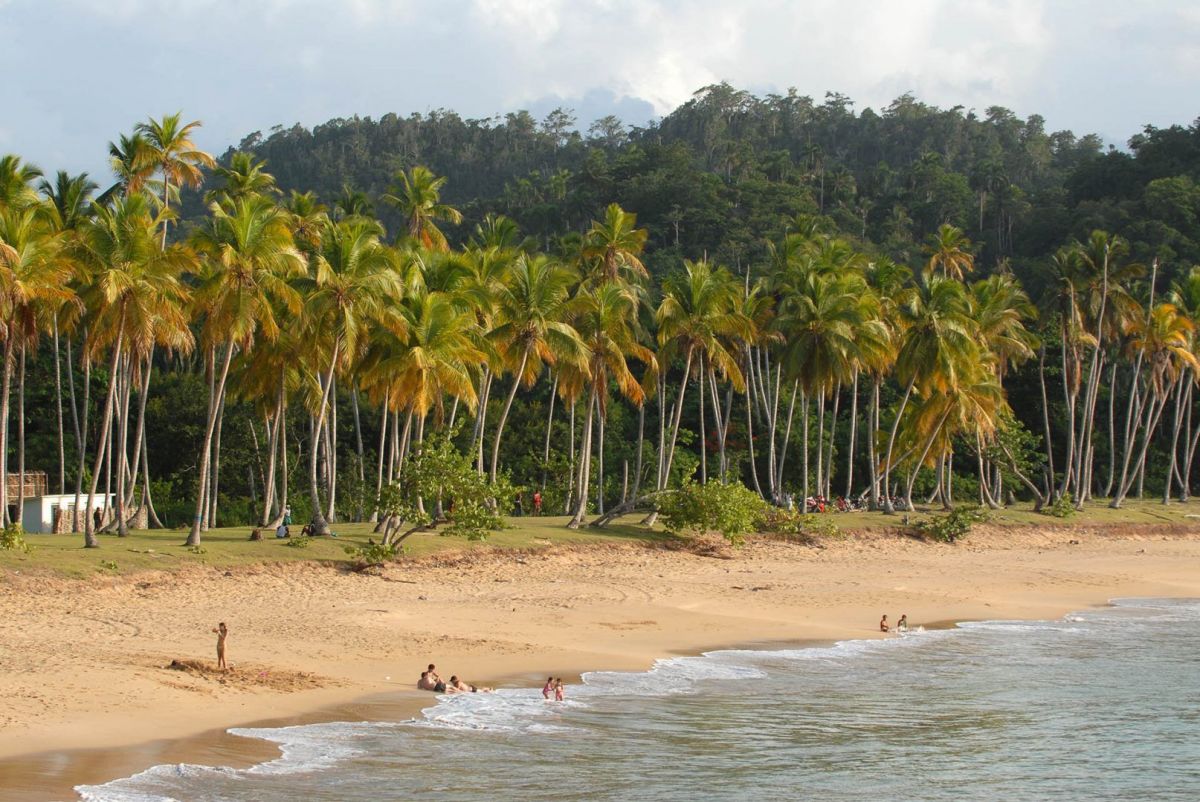
South of Samana, on the east coast of the Dominican Republic, is Punta Cana, one of the most influential tourist centers in the Dominican Republic, where you will find many luxurious all-inclusive resorts. These are run by most of the major American and European hospitality industries. There are now more than 55 resorts in the Punta Cana region. Bavaro beach, Bull Head, Macao Beach, and the beaches of Uvero Alto are the most famous places; getting to Punta Cana from the north was somewhat complicated because it took about 8 hours of driving, while with the new motorway of the Coral, which reduces 50 kilometers of distance from Santo Domingo to Punta Cana, the reason why it would reduce two hours of the trip.
The South Coast
The island's south coast is still relatively quiet compared to the north coast. La Romana (where Altos de Chavón, which is an old Mediterranean-style villa built on a hill above the Chavón River, has a super amphitheater where many artists perform throughout the year). And Bayahibe are known for its spectacular sunsets over the water and crystal clear waters away from the main population centers. The islands that deserve a visit include Catalina and Saona (in the Dominican Republic, you will find different agencies that offer the service of tours to the island of Catalina and the island sauna), the false colonial town of Altos de Chavón is on a cliff with views to the river Chavón and is not far from the most luxurious urbanization on the island, Casa de Campo, built in the 70's by Gulf + Western company and famous worldwide for its championship golf courses.
In the southwest is Barahona, where you can enjoy the natural landscape of rivers, beaches, lakes, cold mountains, and arid zones containing diverse flora and fauna).
In the south-east is San Pedro de Macorís; the main tourist activity is concentrated in Juan Dolio, a tourist area of the Dominican Republic, experiencing tourism and real estate development accelerated by its situation on the coast and its beaches, for its proximity to Santo Domingo.
Santo Domingo
The capital, Santo Domingo, is the largest city on the island and the political and economic center. Four and five-star hotels, cultural services, and vibrant nightlife set it apart from some quieter corners of the Dominican Republic. However, the colonial center is the main attraction for tourists who visit. It is a must if you want to know what it means to be a Dominican.
Las Terrenas Real Estate Discovery Tour
Las Terrenas Real Estate Discovery Tour is our VIP Pack or the perfect toolbox for the people who are serious about their plan to invest or live in Las Terrenas. It includes every paid resource and service our agency offers and will help you save time and money by knowing if this is the right place for you.
Book Now
Rate this page
Click on star to rate it
Average rating 0/5. Vote count 0





